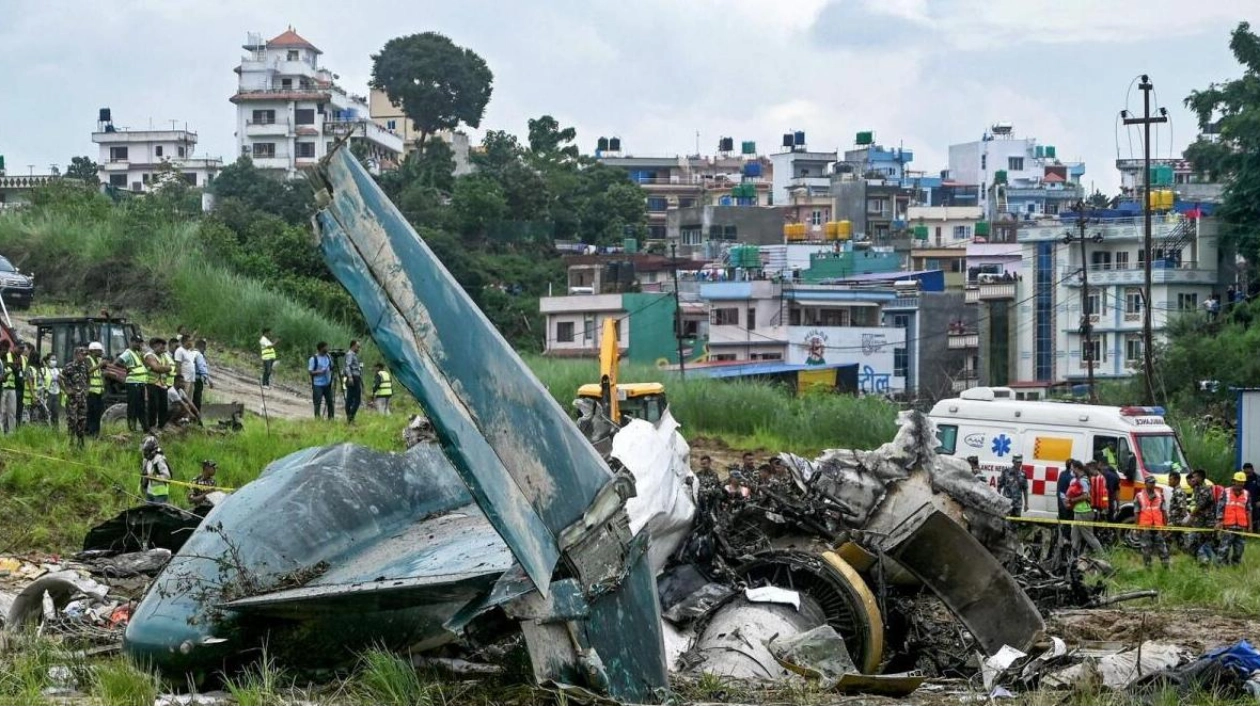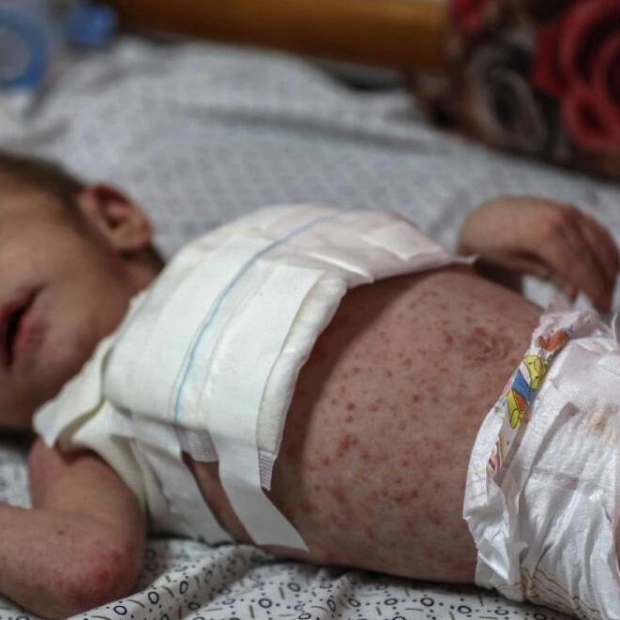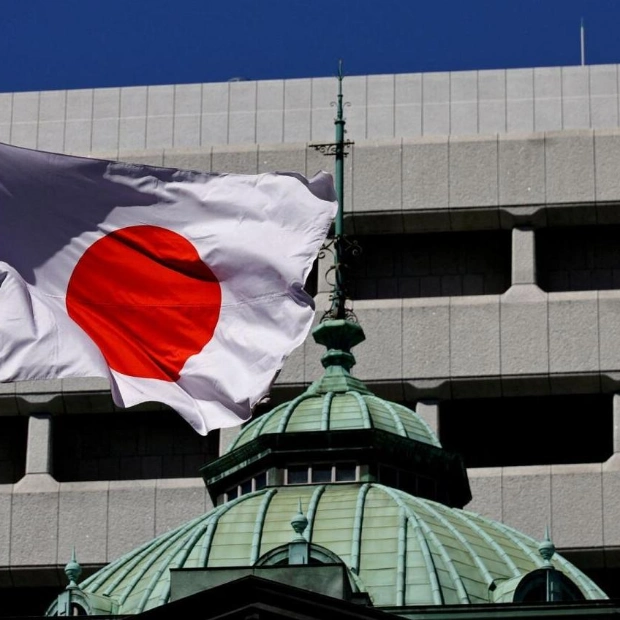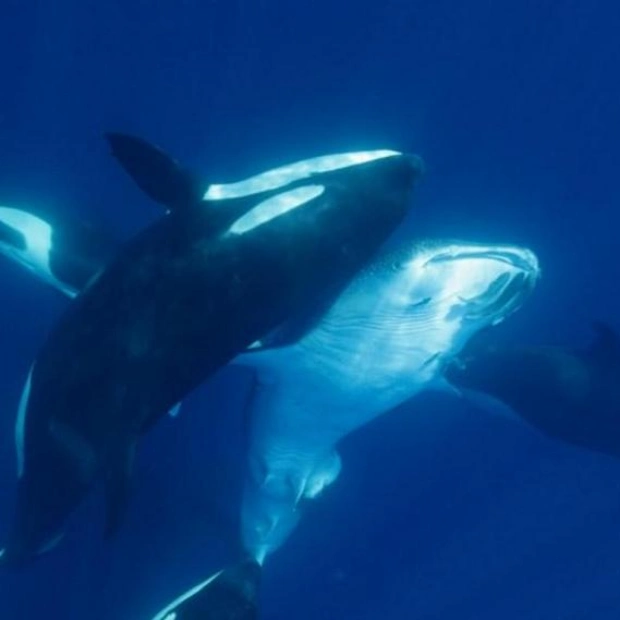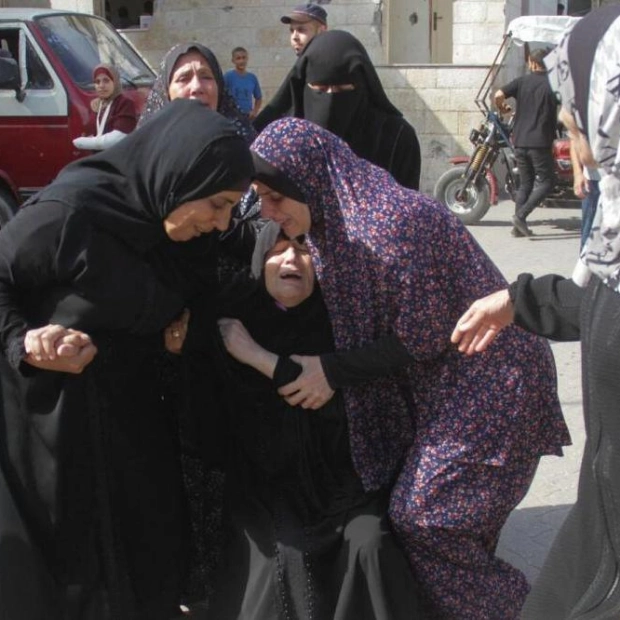Eighteen individuals lost their lives when a small passenger plane operated by Nepal's Saurya Airlines crashed and caught fire during takeoff from Kathmandu on Wednesday, according to officials. The aircraft, which was carrying two crew members and 17 technicians, was en route to Pokhara's new airport for routine maintenance. The facility, which opened in January of the previous year, is equipped with aircraft maintenance hangars.
The Civil Aviation Authority of Nepal stated that "shortly after takeoff... the aircraft deviated to the right and crashed on the east side of the runway." This incident has once again highlighted the concerning air safety record of Nepal, a landlocked country situated between India and China, which relies heavily on air travel due to its limited road infrastructure. Since 2000, nearly 350 people have perished in plane or helicopter accidents in the nation.
Nepal's Prime Minister, KP Sharma Oli, visited the crash site and urged the public to "be patient" via social media, without providing further details. An emergency cabinet meeting was convened to establish a panel to investigate the crash, according to a government spokesperson. Saurya Airlines confirmed that 18 of the passengers on the crashed 50-seater CRJ-200 aircraft, registered as 9N-AME, were Nepali citizens, with one engineer from Yemen.
Only the captain survived and is currently receiving medical treatment at a hospital, disclosed Tej Bahadur Poudyal, the spokesman for Tribhuvan International Airport in Kathmandu. Television footage depicted firefighters battling the blaze, with dense black smoke billowing into the sky. The images also captured the plane ascending slightly above the runway before tilting to the right and crashing. Additional footage showed rescue personnel examining the charred wreckage scattered across green fields and carrying bodies on stretchers to ambulances as onlookers watched.
Mukesh Khanal, the marketing head of Saurya Airlines, stated that the plane was scheduled for a month-long maintenance starting Thursday, and the cause of the crash remains unclear. Kathmandu airport was temporarily closed following the incident but resumed operations within hours, officials noted. Saurya Airlines currently operates two CRJ-200 regional jets, a program formerly owned by Canada's Bombardier but acquired by Mitsubishi Heavy Industries in 2020. Saurya claims to have another CRJ-200 in its fleet. Bombardier directed inquiries about the incident to the Canada-based MHI RJ Aviation Group, which did not respond promptly to a request for comment.
Nepal has faced criticism for its poor air safety record, with many airlines operating to small airports in remote hills and near cloud-covered peaks. The country is home to eight of the world's 14 tallest mountain peaks. Situated in the heart of the Kathmandu Valley, the nation's primary airport is surrounded by mountains, influencing wind patterns and complicating takeoffs and landings for pilots. The most catastrophic incident took place in 1992 when a Pakistan International Airlines Airbus crashed into a hillside near Kathmandu, resulting in 167 fatalities. Most recently, in January 2023, at least 72 people were killed in a Yeti Airlines crash, which was later attributed to the pilots' erroneous shutdown of power.
